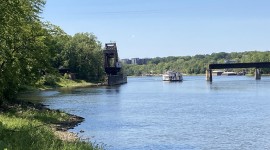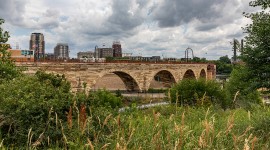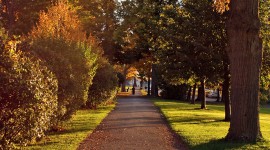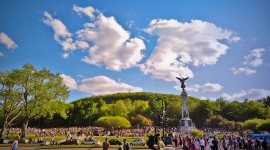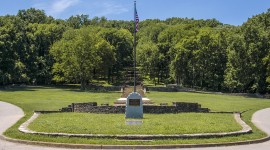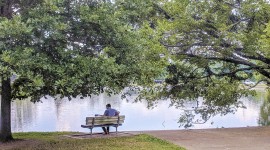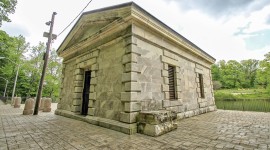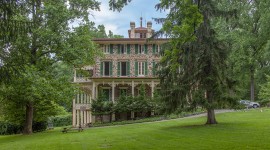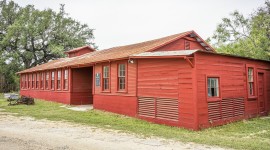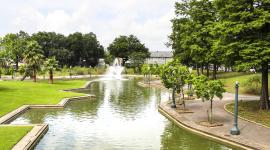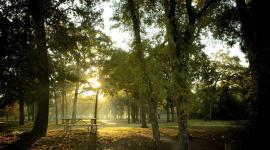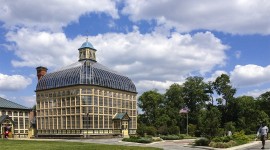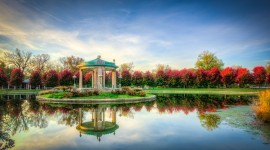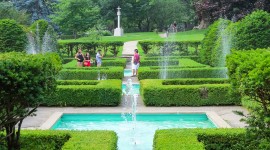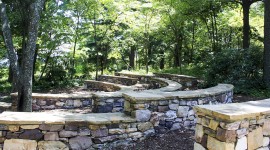Large Municipal Park
Land usually encompassing 500 or more acres owned and managed by municipalities and designed to relieve the stress of urban living by bringing the perceived benefits of the countryside into the city. Often picturesque in character, many of these parks include orchestrated experiences of spatial sequences characterized by winding roads and paths, woodlands, artificial lakes, large expanses of lawn, and groves of trees planted to guide movement and control sight lines, as well as architecture planned to harmonize with the landscape. These parks often promoted passive recreation and many included such diverse amenities as zoos, outdoor theatres, golf courses, and public gardens. They were created as democratic manifestations of the benefits of a free society, with the goal of reforming public health crises and contributing to economic vitality and the growth of modern cities.




